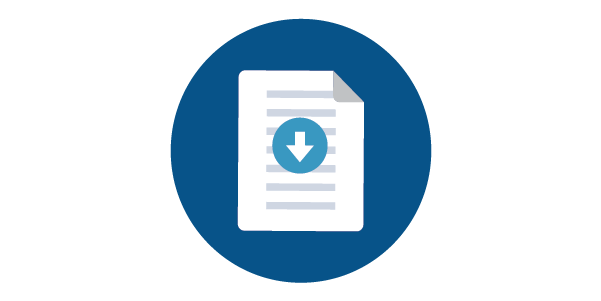A Flood Insurance Rate Map (FIRM, or flood map) is an official map on which FEMA has delineated Special Flood Hazard Areas (SFHAs), or areas at a high risk of flooding. Along the coast, the flood map has delineated coastal SFHAs where the source of flooding is from coastal hazards, such as storm surge and waves.
As part of the Risk MAP process, studies to develop flood maps in coastal communities are generally conducted along the entire state coastline or across an entire lake basin (i.e., the Great Lakes) to save technical and data-gathering resources and use tax dollars effectively. In addition to producing new and updated flood maps for coastal floodplains, these studies support further research on coastal erosion, land use planning, coastal ecosystems and other topics. Given the size and scope of these studies, many partners and communities work in cooperation toward a common goal.

Learn more about the life cycle of a Risk MAP project.
FEMA scientists and engineers work with other federal, state, regional, community, tribal, nonprofit, non-governmental and private-sector partners to determine flood hazards along the U.S. coastline. Throughout each coastal flood hazard study, a strong emphasis is placed on community engagement and partnerships to ensure a whole-community approach to reducing flood risk and building more resilient and sustainable communities. Each study is tailored to the needs and capabilities of communities and may involve different steps, products and services.
If you live along the coast, your community may have recently received, or may soon receive, an updated flood map and Flood Insurance Study report. Continue reading for more information about how coastal hazards are shown on the flood map.
Coastal Flood Zones
Flood maps along the coasts show areas at high risk of flooding within the coastal SFHA. The coastal SFHA has three flood hazard zones: Zones VE (which are unique to coastal areas), AE and AO.
Zone VE, also known as a Coastal High Hazard Area, is where wave action and fast-moving water can cause extensive damage during a base flood event.

To address the added wave hazard, more stringent building practices are required in Zone VE, such as elevating a home on pilings so that waves can pass beneath it, or a prohibition to building on fill, which can be easily washed away by waves. These practices are intended to improve the chance of a home safely weathering a flood event.
Zone AE indicates areas that have at least a 1%-annual-chance of being flooded, but where wave heights are less than 3 feet.
Zone AO is used to map areas at risk of shallow flooding during a base (1%-annual-chance) flood, where water with average depths of 1 to 3 feet flows over sloping ground. On flood maps in coastal communities, Zone AO usually marks areas at risk of flooding from wave overtopping, where waves are expected to wash over the crest of a dune or bluff and flow down into the area beyond.
Base Flood Elevations (BFEs) in these flood zones vary along the coast and with distance inland. Changes in flood zones and BFEs can have a significant impact on building requirements and flood insurance costs. BFEs may differ dramatically within a small area, because waves can diminish in size over a short distance upon encountering obstructions or steep ground. Areas with a low to moderate hazard are shown as Zone X. However, a low risk of flooding does not mean there is no risk of flooding. Over 20% of National Flood Insurance Program (NFIP) claims are filed for properties in low or moderate risk areas.
Limit of Moderate Wave Action (LiMWA)
Flood maps in coastal areas may include a line called the Limit of Moderate Wave Action (LiMWA). The LiMWA marks the inland limit of the Coastal A Zone— the part of the coastal SFHA referenced by building codes and standards where wave heights can be between 1.5 and 3 feet during a base flood event. Past events have shown that waves as small as 1.5 feet can cause foundation failure and structural damage to buildings.


Due to the higher risk of damage from waves to homes and other structures in the Coastal A Zone, FEMA encourages the practice of building to V Zone standards within this area. Many local building codes require that buildings in the Coastal A Zone be built to V Zone standards. However, the LiMWA has no significance for NFIP flood insurance premiums.


